What is Gold? – A Definition
03/09/2023Daniel Fisher
Free & fully insured UK Delivery. Learn more
Secure & flexible payments. Learn more

Buyback Guarantee Learn more
Gold is a rare precious metal that has been discovered in countries all over the world. Some of the world’s biggest miners of gold today include South Africa, China, Russia, Australia and the United States.
When you think of gold, there are many different things that come to mind. After all, it is one of the most widely used commodities on the planet and one of the world’s most prized natural resources. Today, gold is used in everything from jewellery to computer chips, and new uses for the metal are being discovered all the time.
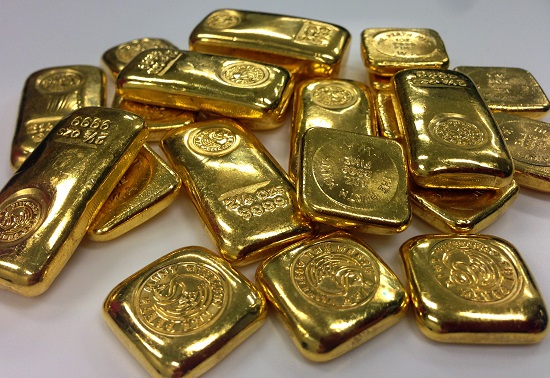
The term “gold” literally means “yellow” and depicts the colour of gold, and is taken from the Old English Anglo-Saxon word ‘geolo’. This etymology reflects the distinctive yellow hue of pure gold that captivated ancient civilisations.
The symbol Au for gold also comes from Latin, short for aurum meaning “shining dawn” or “glow of sunrise.” This evokes the radiant golden colour which has mesmerised humanity across cultures for thousands of years. The word gold is similar across many languages, from “guld” in Danish to “goud” in Dutch, showing its common roots. The universal fascination and value attached to the precious yellow metal throughout history is embodied in its lustrous name.
The geographic origins of gold are linked to its creation from neutron star collisions billions of years ago and transport via meteorites that bombarded the earth after the planet’s formation. Gold is concentrated by natural processes like erosion into alluvial deposits, most often found in streams and riverbeds.
South Africa’s Witwatersrand Basin produced over 40% of all gold ever mined, thanks to its natural abundance. Gold mining continues using modern techniques in historic gold fields and new high-yield sites. Political stability and favourable mining laws encourage gold discovery and production in certain nations more than in others. But traces of the precious yellow element can potentially be found anywhere on Earth. Its universal presence in trace amounts mirrors gold’s enduring allure and value for humankind across cultures.
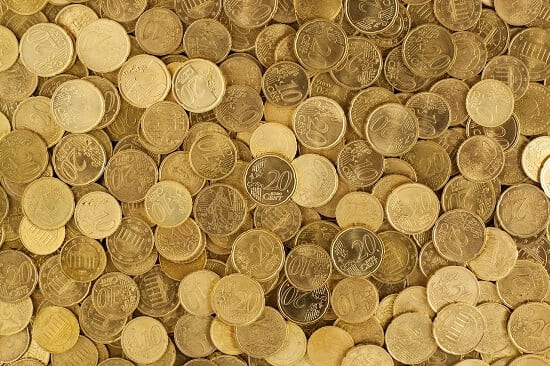
Gold has many beneficial properties, making it ideal for use in all sorts of different things. Not only is it an excellent conductor of heat, light and electricity, but it is also highly malleable and does not tarnish. Due to its flexibility, gold can be shaped into virtually anything, which is why it has been held in high regard as an object of great value for thousands of years. Gold is also relatively scarce, which makes it an attractive proposition for investors who wish to benefit from its rarity and keep it as a store of wealth.
Gold has been valued since ancient times for its beauty, malleability and rarity. The lure of gold has been around for centuries. Early civilisations like the Egyptians adorned themselves and their monuments with precious metal. Gold first began to be used in gold coins and gold bullion for trade in the 6th century BC in Lydia.
During the Gold Rush of the 1800s, major deposits were discovered and mined in the United States, South Africa, Australia, South America and beyond. This expanded the global gold supply. Gold rushes enticed people worldwide with the lure of striking it rich by finding gold nuggets and ore deposits.
The gold standard, which linked world currencies to gold, took hold in the late 19th and early 20th century. This stabilised exchange rates until the system collapsed in the 1930s. Afterwards, gold remained a reserve asset but lost its official role in currency valuations.
Today gold remains culturally significant for adornment and status symbols globally. Economic uncertainty and inflation have bolstered investment demand. Futures exchanges and gold funds have created new ways to invest in the yellow metal. Gold retains its timeless appeal and value.
Free ultimate guide for keen gold investors
In addition to economic drivers, cultural affinity and status symbolism greatly affect gold demand:
As the emerging middle class grows in populous countries like India and China, demand for gold jewellery and status symbols keeps pace despite price fluctuations. Responsible sourcing practices are allowing this market to expand sustainably.
While jewellery and finance dominate gold demand, its unique properties are valuable in many industries:
Though only about 8% of gold demand comes from technology currently, new applications are rapidly emerging with advanced nanotechnology and other innovations. Gold’s bio-compatibility also lends itself to human implant devices under development. Overall, the technology uses assure continued demand despite gold’s volatility as an investment asset.
Gold mining has major environmental impacts that responsible investors must consider:
Resource Use – Gold mining consumes large amounts of water and energy. Mines often disturb large land areas and habitats to get access to the precious metal.
Pollution – Gold processing involves toxic chemicals like mercury and acids. Mine waste can pollute rivers and groundwater if not contained properly.
Emissions – Mining machinery emits greenhouse gases. Smelting and transport of the gold also has a large carbon footprint.
Reclamation – Once mines are closed, the sites may not be adequately restored if rehabilitation funds are insufficient.
However, leading gold mining companies now prioritise sustainable practices:
Overall, responsible gold sourcing and investments in miners with transparent ESG standards can support improved sustainability in metal mining.
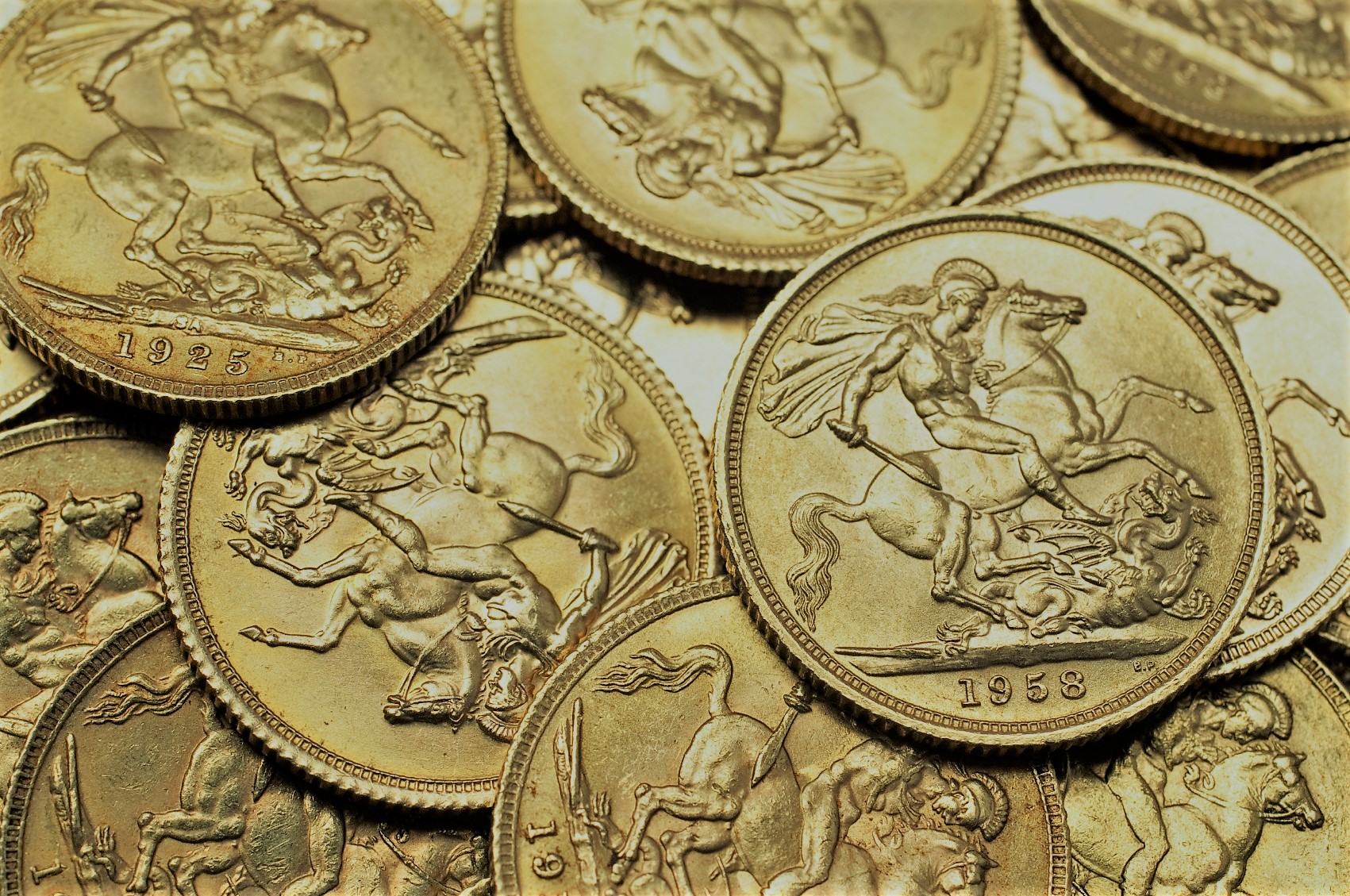
Gold has been used as a medium of exchange for thousands of years.
Before the invention of gold coins, gold was used in indirect exchange in the form of raw nuggets or shaped into representations of valuable goods to facilitate bartering. For example, the ancient Egyptians often used to trade in livestock and would sometimes fashion gold in the shape of a sheep in order to exchange it for other items of value.
The first gold coins were struck back in the 6th century BC, and throughout history, gold has frequently been used in the creation of coins like the Gold Maple Leaf or gold Britannias. Early civilisations such as the Romans and the Greeks had a huge influence in developing gold coinage, and gold had a pivotal role in helping them develop their empire.
On 28 October 1489, King Henry VII ordered the Royal Mint to create the largest and most valuable gold coin in circulation. The gold sovereign became the first official gold coin to be minted in the UK. England was also the very first country to adopt the gold standard back in 1821. This was upheld until 1931, when the global depression and failure of the banks led to the country eventually abandoning the gold standard. Up until as recently as the 1970s, countries around the world, including the United States, still upheld the gold standard.
Gold has far-reaching economic effects globally due to its prominent role in finance and trade. As a store of value, gold influences currency values and inflation. Countries hold gold reserves to hedge against economic risks. The “gold standard” fixed paper currencies to gold, stabilising exchange rates, until the 1930s.
Today, gold remains crucial to central banks. Its value often rises during recessions, offsetting losses in other assets. Some economists criticise gold’s volatility and limited industrial use. But its enduring role shows gold’s unique status in the global economy. Rising gold prices also lift mining profits and stock values, benefiting major producers like South Africa, China, Australia, Russia and West Africa.
Overall, gold’s economic impact stems from its tangibility compared to “fiat” money. Investors turn to gold in times of uncertainty as a safe haven. This drives demand and increases gold’s value, affecting global markets significantly.
Gold is one of the most popular forms of investment available today. Not only is it considered an excellent store of wealth, but it is also very liquid and easily transferrable. There are many different types of gold investments, includinggold bars,gold coins, gold ETFs.
The investor’s circumstances and what you’re looking to achieve from your investment will determine which option is the best choice for you. For example, if you don’t have a safe at home you may not wish to store gold coins in the house, and therefore, you may decide it is less risky to buy gold ETFs.
Since the financial crisis of 2008, more and more investors have turned to gold as a protection against economic uncertainty, particularly in countries like China and India. This is because gold is a physical asset and not so reliant on unstable currencies and market movements.
Use our automated portfolio builder to get suggestions based on various investment objectives.
Gold can be purchased in many types, each with pros and cons for investors to consider:
Overall, investment form depends on individual needs like storage, costs, liquidity and risk tolerance. A diversified combination is ideal for balancing benefits.
Like any investment, gold has risks that must be considered:
To manage these risks, investors should research dealers thoroughly, handle gold securely, maintain insurance, diversify politically, and favour liquid investments. Gold’s overall demand trends still justify its inclusion for diversification.
Many investors buy gold for diversification, to hedge against inflation or systemic risks. Portfolio allocation strategies range from 5-20%. Factors like risk tolerance determine appropriate levels. Conservative investors often hold over 15% in gold.
Timing gold purchases around price dips can boost returns. But market-timing is difficult, so dollar-cost averaging eases entry. Gold trading requires constant monitoring of economic indicators and price charts.
For long-term buy-and-hold strategies, physically-backed gold ETFs or mutual funds provide an easy entry point. They avoid storage costs of physical gold. Individual bars and coins can satisfy collectors or those valuing anonymity.
Gold often moves independently from stocks and bonds, making it useful for portfolio balancing. Its role as a safe haven differentiates it from speculative assets. But gold generates no income, unlike dividend or bond yields. Hence most advisers recommend diversifying gold holdings within an overall portfolio.
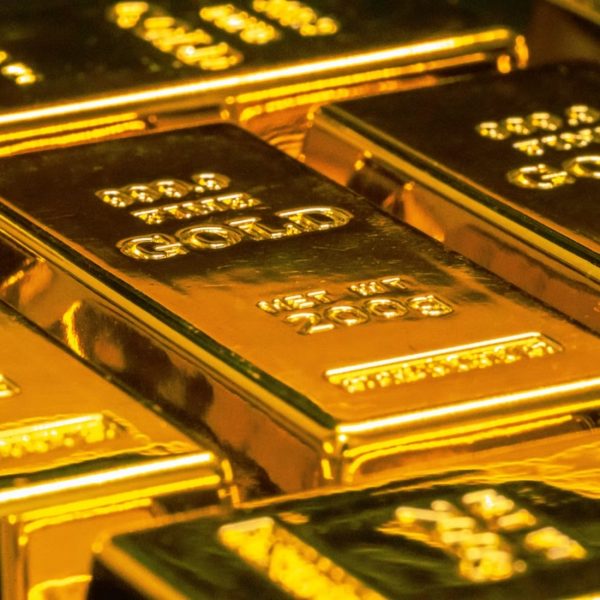
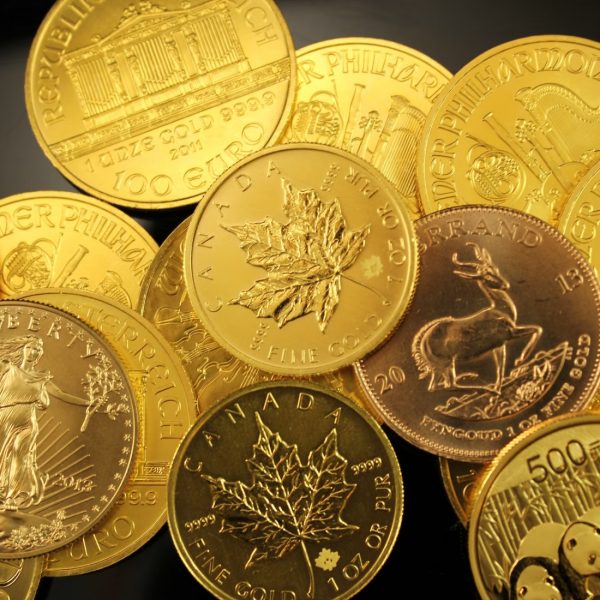
There are some legal considerations around owning, buying and selling gold:
Overall, gold itself is essentially unregulated in the UK, unlike securities. But anti-fraud and anti-money laundering regulations apply to dealers. Responsible investors should understand tax and reporting obligations to remain compliant.
Gold prices fluctuate daily based on factors like central bank policies, inflation expectations, geopolitics and supply/demand. Recently, increased volatility has led to high trading volumes. Prices rose during pandemic uncertainty, then eased with vaccine rollouts.
In 2022, rising inflation and Russia’s invasion of Ukraine pushed prices above $2000/oz again. Demand for gold futures and options trading hit records, showing investors hedging risks. Jewellery demand also rebounded close to pre-pandemic levels.
On the supply side, gold production declined slightly in 2021 due to COVID-19 impacts. Major gold miners face depleting reserves and disruption risks. New large deposits are rare, especially with declining ore grades. Recycling provides over 25% of supply.
Overall, factors affecting gold prices seem supportive of rising or steady prices. But speculative trading causes short-term volatility. Gold analysts emphasise considering long-term trends, not daily moves. Geopolitics, central bank policies, and industrial/jewellery demand shifts remain key price drivers.
In summary, gold has endured as an investment asset and economic metal due to its unique properties like its rarity, tangibility, and aesthetic appeal. While prone to volatility, gold provides diversification and a hedge against systemic risks.
Investment strategies range from physical bars, coins and jewellery to paper vehicles like ETFs and derivatives. Each format carries different costs, accessibility and risks to weigh. Responsible sourcing should also be considered.
Looking ahead, gold prices face countervailing forces. Rising inflation could lift prices, but higher interest rates may increase opportunity costs. Market volatility seems likely to persist in the near term. Ongoing innovation in gold technologies and jewellery demand provides fundamental support.
Overall, prudent investors allocate a small portion of portfolios to the precious metal while staying informed on economic and geopolitical developments that may impact its complex global markets. Maintaining a long-term outlook helps weather the inherent volatility of the metallic element.
Invest in Gold Today With Physical Gold
Physical Gold is one of the UK’s leading gold dealers, specialising in a wide range of gold investments suitable for every requirement. You can browse our catalogue of gold investments here, or for more information please call us on 020 7060 9992.
Gold is a chemical element with the symbol Au and atomic number 79. It is classified as a transition metal on the periodic table. The metallic element gold is comprised of one proton and 79 neutrons in its nucleus, surrounded by 79 orbiting electrons.
Gold first originated from the collisions of neutron stars billions of years ago. Extreme heat and pressure during these cosmic events created heavy elements like gold that were expelled into the universe. Gold travelled through space on meteorites and asteroids that bombarded the newly formed Earth, depositing the precious metal.
Natural processes concentrate scattered gold into deposits within the earth. Erosion causes gold to move into streams, where it settles in alluvial deposits. Volcanic hydrothermal actions also generate gold ore bodies where hot fluids circulate through rock. Natural crystallisation and deformation bring gold into veins and reef formations over aeons.
Estimates suggest around 50,000 tonnes of gold are present in the earth’s crust. But the amount recoverable at viable costs may be under 40,000 tonnes. Vast amounts of gold are diffused at virtually undetectable concentrations. The rare natural occurrence of concentrated deposits is what makes gold valuable.
Gold’s rarity, physical properties like malleability and resistance to corrosion, aesthetic appeal, and cultural significance make it universally valued. It also has defined weight and purity measures for use as currency. As a stable asset, gold maintains its purchasing power over long periods. Its role as financial insurance during crises also enhances gold’s value.
Live Gold Spot Price in Sterling. Gold is one of the densest of all metals. It is a good conductor of heat and electricity. It is also soft and the most malleable and ductile of the elements; an ounce (31.1 grams; gold is weighed in troy ounces) can be beaten out to 187 square feet (about 17 square metres) in extremely thin sheets called gold leaf.
Live Silver Spot Price in Sterling. Silver (Ag), chemical element, a white lustrous metal valued for its decorative beauty and electrical conductivity. Silver is located in Group 11 (Ib) and Period 5 of the periodic table, between copper (Period 4) and gold (Period 6), and its physical and chemical properties are intermediate between those two metals.